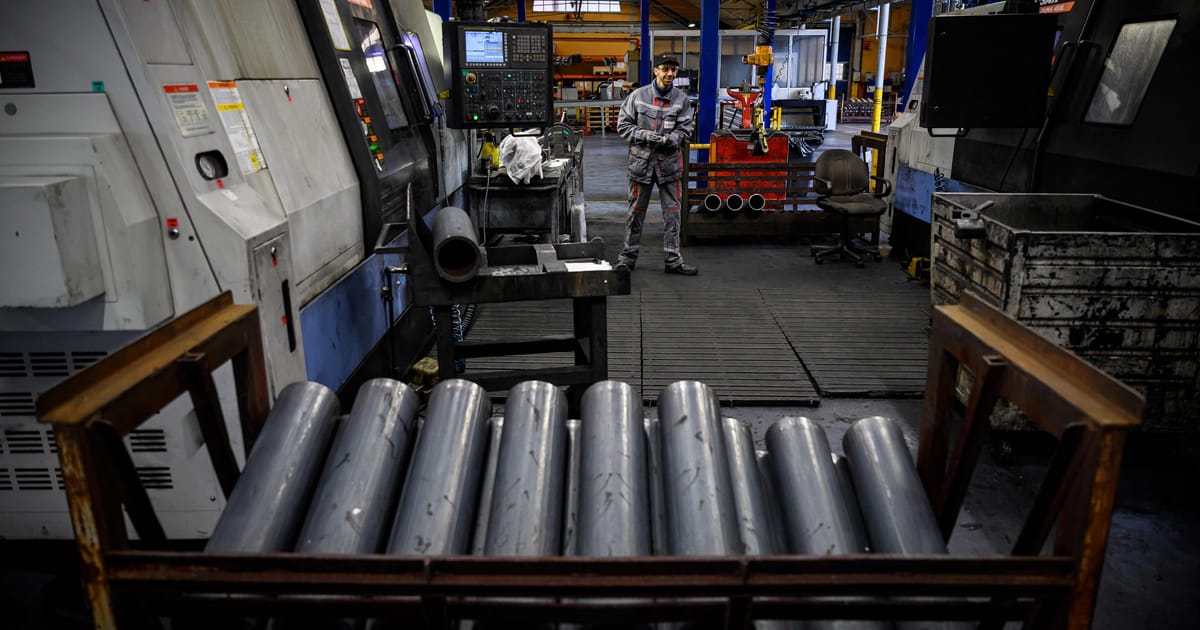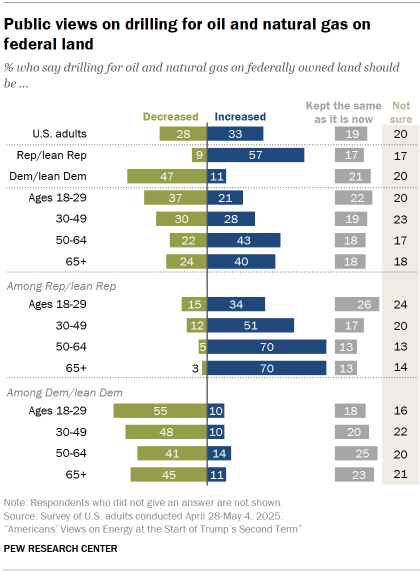The coming weeks will be key for the beverage and packaging industries, and for European consumers. The members of the Environment Committee in the European Parliament are set to vote on their amendments to the draft EU Packaging and Packaging Waste Regulation (PPWR) and the member countries will try to agree on a common position. This legislation will have a tremendous impact on the way we produce and use beverage packaging. That’s why it is so crucial to get it right.
Several of the proposed measures under discussion are simply not realistic, specifically regarding reuse and refill.
While the intentions behind the PPWR are good and the EU’s goal of reducing packaging and packaging waste is to be praised, several of the proposed measures under discussion are simply not realistic, specifically regarding reuse and refill. They risk undermining all the successful efforts that beverage manufacturers have been making to provide circular packaging solutions. We don’t believe that this is what the EU really wants.
For years, our sector — the European soft drinks industry — has invested significantly in the collection and recycling of its packaging and recently made bold circularity commitments. What will happen to all of these great actions? Why should beverage manufacturers (among them hundreds of SMEs) be obliged to make huge investments in reuse when the EU has not even properly assessed the exact conditions under which expanding reusable systems could bring the desired benefits?
It is key to ensure the complementarity between recycling, reuse and refill in the PPWR.
Don’t get me wrong. Our sector is not against reuse. We believe that reuse and refill are complementary solutions to existing well-functioning recycling systems. Reuse and refill are definitely part of the solution, but should only be implemented where and when it makes sense from an environmental and economic perspective. This explains why it is key to ensure the complementarity between recycling, reuse and refill in the PPWR. MEPs and member countries should massively support that.
Increasing reuse and refill targets without further impact assessment, and allowing member countries to go beyond these targets, is not the way to go
We all have reasons to be alarmed when we see proposals for increased reuse and refill targets for 2030 and 2040 for our sector that are not based on any further environmental and economic impact assessment. MEPs and member countries should remember that the lack of a thorough impact assessment of the implications of the reuse and refill targets by the European Commission has, rightly, sparked heated criticism among a wide range of stakeholders, including our sector, and even from the European Parliament and member countries. There is also no justification why nonalcoholic beverages and alcoholic beverages should be treated differently.
In addition, the Council and some MEPs are now proposing to give member countries the flexibility to go even beyond those increased targets. This runs counter to the objective of the European Commission to promote harmonization and risks fragmenting the EU single market. It will result in a patchwork of national targets that will have a considerable impact on Europe’s competitiveness and make it unworkable for companies to plan their investments.
Respect the EU single market and provide manufacturers with the necessary enablers and the flexibility to invest in the best packaging mix.
Targets must not be set without any rationale. They need to be justified by clear and granular data on the costs and benefits that the proposed measures will involve. That’s how the EU can properly assess the real impact of scaling up reusable systems across the Continent.We know that, for example, moving to 10 percent refillable PET as of 2030 in the EU is estimated to cost more than €16 billion, according to a PwC study. Yes, €16 billion! This ‘only’ represents a fraction of the cost.
Let’s be pragmatic and support a sound approach: respect the EU single market and provide manufacturers with the necessary enablers and the flexibility to invest in the best packaging mix.
Want to regulate for the future? Maintain systems enabling refill in the reuse and refill targets
Nowadays, consumers have a wide variety of reusable solutions at their disposal. They no longer live in a world where the traditional returnable refillable bottle is the only system to reuse and refill. They are using many innovative solutions with little to no packaging, such as home soda dispensers and refill stations in stores and in the hotel, restaurant and catering industry, which respond to new sustainable consumption needs and help reduce packaging. So, why not foster innovation? Why are beverage manufacturers being pushed to only focus their investments in reuse on traditional returnable refillable bottles — a model that isn’t always the best solution from an environmental viewpoint, and one that does not reflect the way consumers drink our beverages today?
At-home and on-the-go solutions have a key role to play and are recognized by the Ellen MacArthur Foundation as reuse models. Let’s make them count towards the achievement of the reuse and refill targets.
Respect well-functioning recycling systems — why well-designed exemptions should be created
As recognized by the European Parliament’s ITRE Committee, reusable and refillable solutions won’t bring positive environmental benefits in all situations and for all packaging. It is therefore key to provide some form of exemption if certain environmental/waste management criteria are met. This is to avoid unintended adverse effects of the targets on existing well-functioning circular systems and to ensure the complementarity of reusable, refillable and recycling systems.
Not just reuse and refill, other elements also need to be fixed
When it comes to packaging collection, our sector must achieve mandatory collection targets and, to deliver on them, we need efficient waste management systems to increase the collection and recycling of our packaging. Deposit and Return Systems (DRS) can help us do exactly that, as shown in countries with DRS in place where collection rates often achieve more than 90 percent. We call on EU decision-makers to reject proposals to make DRS voluntary but of course to maintain the possibility for an exemption for member countries where a collection rate of minimum 90 percent is attained via other means. We also ask policymakers to complete and correct the list of minimum requirements for well-designed DRS by including a priority access right to certain feedstocks for recycling and supporting industry-led, not-for-profit DRS.
Our sector must also meet ambitious recycled content targets. We can only achieve them if MEPs and member countries create a priority access right to certain feedstocks for recycling coming from food-contact packaging. This will provide our sector access to sufficient recycled materials and will enable closed-loop recycling, whenever this makes sense from an environmental and technical perspective.
There is still time to make the PPWR more realistic and pragmatic without sacrificing its level of ambition. Our sector stands ready to further engage with EU decision-makers to create a supportive PPWR that puts us on the right path towards a circular economy for beverage packaging.




